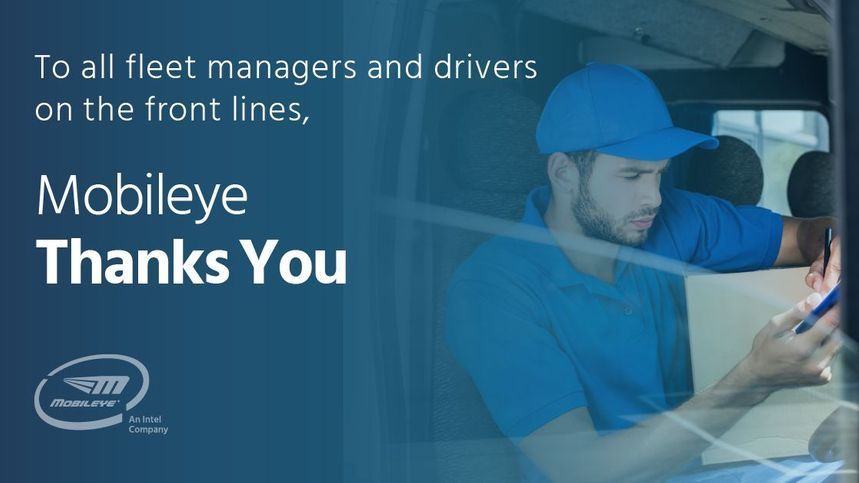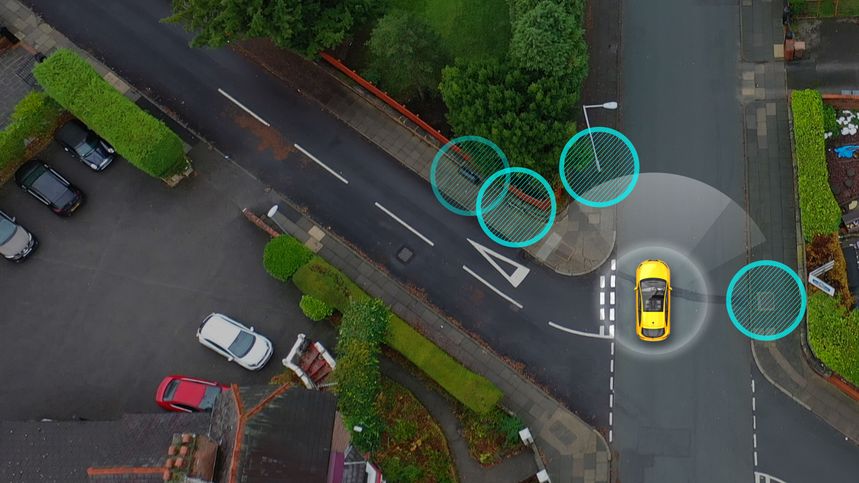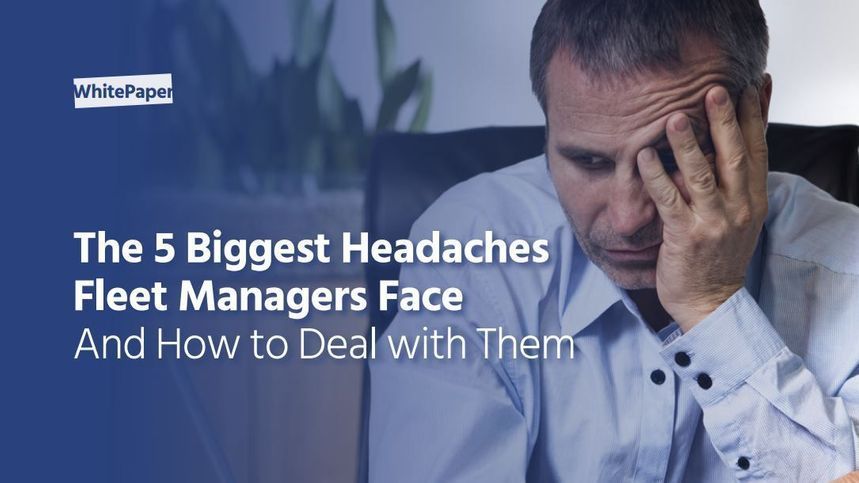
Between strained supply lines and increased demand, the transportation industry, and fleet drivers, are under tremendous pressure. Due to how serious the current Covid-19 situation is, on March 20th the Government relaxed driving hour rules for HGV and fleet drivers in response to the outbreak. This relaxation of the rules, allowing drivers to work longer hours with shorter rest breaks, was set to end on the 21st April though has been further extended until the 31st May.
Of course, this regulatory change comes at a price – increased risks from drowsy driving, especially in light of data gathered by Unite the Union, showing that fleet drivers already often work far in excess of a standard 40 hour week, with over half (54%) of lorry drivers working over 50 hours a week, damaging their long-term mental and physical health. According to Brake, the road safety charity, drowsy driving, or fatigue, leads to drivers having slower reaction times and suffer from reduced attention, awareness, and ability to control their vehicles. Police statistics show that fatigue contributed to 4% of fatal road accidents, and 2% of all collisions in Britain in 2018. However, the true figure is likely far higher because fatigue is much harder to spot, as unlike alcohol or drugs it cannot be tested for by police.
In addition to the dangers caused by drowsy driving, lorry drivers are also facing increased stress, from both work demands and the stress we all feel from the general situation. Not only is this stress harmful to the individual’s health but is actually considered one of the leading causes of collisions.1
So, how can fleet managers help their drivers combat drowsy and stressful driving? Perhaps the most important step is trusting your drivers and making sure they know it. The person best suited to know when they are too tired or too stressed to go on is the driver themselves and they need to know you have their back if they need a break.
In addition, there are also useful technologies and techniques to help manage drivers:
1. In-cab cameras – Some in-cab cameras are equipped with sensors that can detect when a driver shows signs of nodding off, alerting them to the situation. The downside is that these detectors have privacy issues which make some drivers uncomfortable.
2. Wearable devices – There are several wearable devices available in the marketplace to detect fatigue and warn drivers before they fall asleep.
3. Collision avoidance systems – While not specifically designed for drowsy driving, these systems alert drivers to potential collisions that can occur due to fatigue. For instance, if a driver loses focus and gets too close to a vehicle ahead, the system will alert the driver. Many systems will also warn drivers if they change lines without signaling, which can also be an indication of drowsy driving. These systems also have the advantage of being able to assist drivers even if they are not tired but rather distracted or have simply made an error.
4. Keeping Aware – Like many of us, drivers are likely to hide signs of exhaustion and especially signs of stress. This makes it important for fleet managers to focus and try and spot when drivers have reached their limits. Especially be aware if a staff member has altered their behaviour. If you do notice a change, simply asking them how they’re doing is a great first step. Some may cover up any issues, but you may be surprised that others are simply waiting to be asked. Of course, it helps if you’ve created an atmosphere where employees feel comfortable being open with you.
5. Decrease Wait Times – Waiting around while their vehicle is loaded/unloaded is one of the great frustrations of HGV drivers, adding unnecessary stress and fatigue. Now, may be a good time for fleet managers to start working with clients to minimize these times.
6. Nutrition – Many in the industry fail to recognize the importance of nutrition and hydration toward improving driving skills and attentiveness. While no one expects managers to tell drivers what they can eat and drink, fleets can provide healthy options, especially meals more suitable for the road.
In the current situation we are dependent on a relatively small group of drivers who are making an extraordinary effort to keep us supplied while we wait for a return to normalcy. It seems the least we can do is make sure they are as safe as possible.
1. Katsis, Christos et. El., A Reasoning-Based Framework for Car Drivers’ Stress Prediction, p.2





